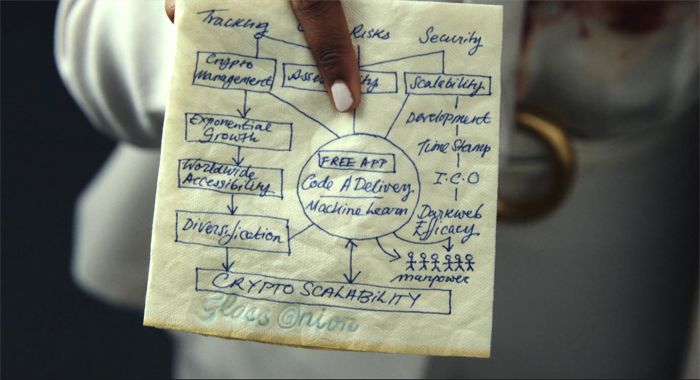 Drum roll please…
Drum roll please…
At the beginning of each month, we will profile the ten articles from the previous month that generated the most traffic to Human-Centered Change & Innovation. Did your favorite make the cut?
But enough delay, here are May’s ten most popular innovation posts:
- Five Lessons from the Apple Car’s Demise — by Robyn Bolton
- Six Causes of Employee Burnout — by David Burkus
- Learning About Innovation – From a Skateboard? — by John Bessant
- Fighting for Innovation in the Trenches — by Geoffrey A. Moore
- A Case Study on High Performance Teams — by Stefan Lindegaard
- Growth Comes From What You Don’t Have — by Mike Shipulski
- Innovation Friction Risks and Pitfalls — by Howard Tiersky
- Difference Between Customer Experience Perception and Reality — by Shep Hyken
- How Tribalism Can Kill Innovation — by Greg Satell
- Preparing the Next Generation for a Post-Digital Age — by Greg Satell
BONUS – Here are five more strong articles published in April that continue to resonate with people:
- Iterate Your Thinking — by Dennis Stauffer
- Why Quiet Geniuses Excel at Breakthroughs — by Greg Satell
- How I Use AI to Understand Humans (and Cut Research Time by 80%) — by Robyn Bolton
- What Have We Learned About Digital Transformation? — by Geoffrey A. Moore
- Next Generation Leadership Traits and Characteristics — by Stefan Lindegaard
If you’re not familiar with Human-Centered Change & Innovation, we publish 4-7 new articles every week built around innovation and transformation insights from our roster of contributing authors and ad hoc submissions from community members. Get the articles right in your Facebook, Twitter or Linkedin feeds too!
Have something to contribute?
Human-Centered Change & Innovation is open to contributions from any and all innovation and transformation professionals out there (practitioners, professors, researchers, consultants, authors, etc.) who have valuable human-centered change and innovation insights to share with everyone for the greater good. If you’d like to contribute, please contact me.
P.S. Here are our Top 40 Innovation Bloggers lists from the last four years:
- Top 40 Innovation Bloggers of 2020
- Top 40 Innovation Bloggers of 2021
- Top 40 Innovation Bloggers of 2022
- Top 40 Innovation Bloggers of 2023
![]() Sign up here to get Human-Centered Change & Innovation Weekly delivered to your inbox every week.
Sign up here to get Human-Centered Change & Innovation Weekly delivered to your inbox every week.






